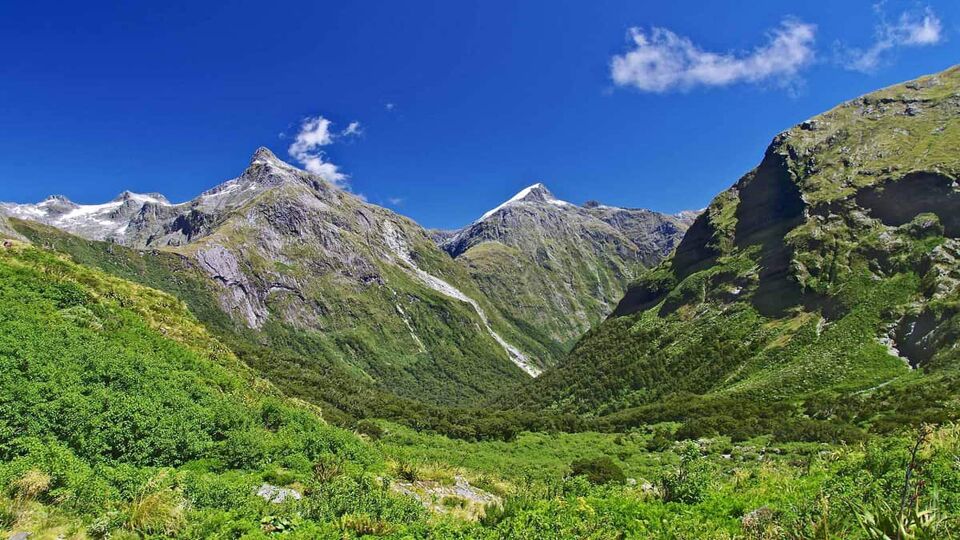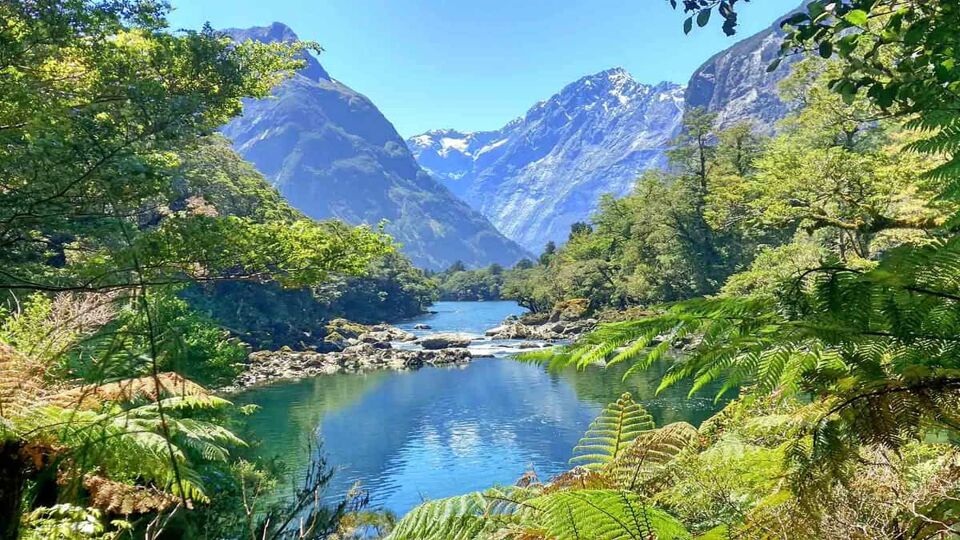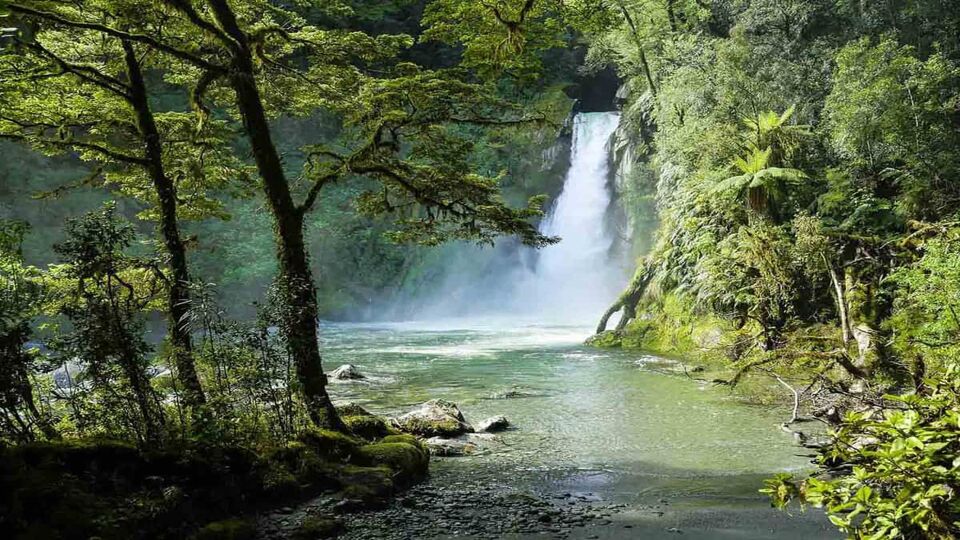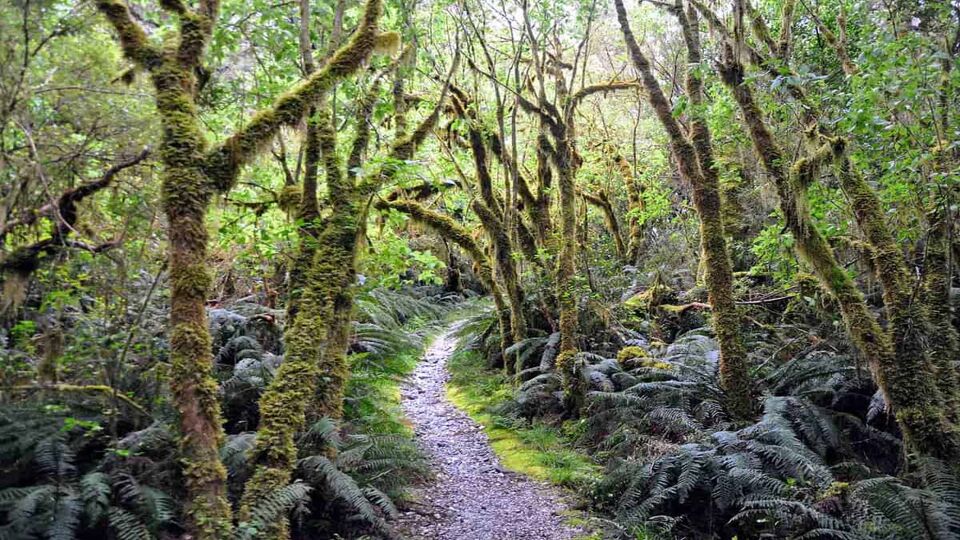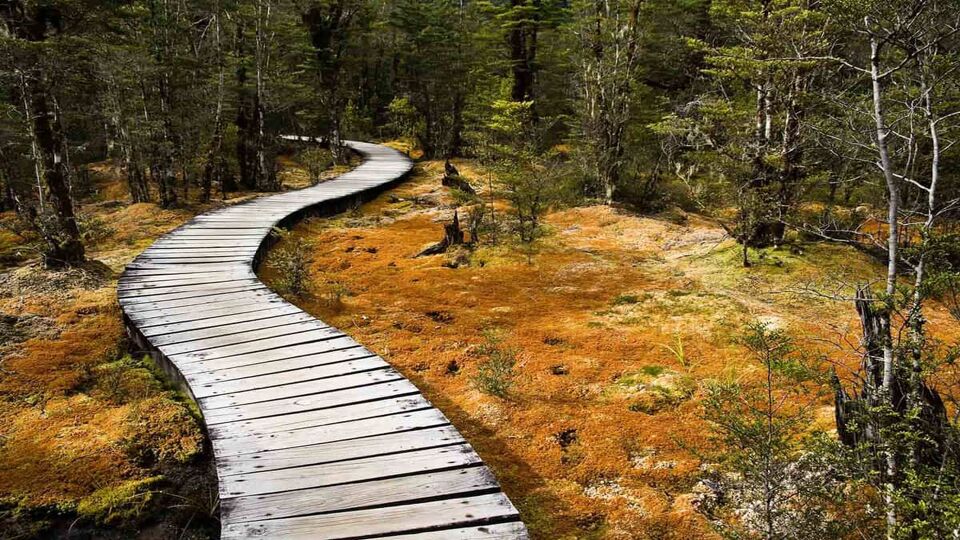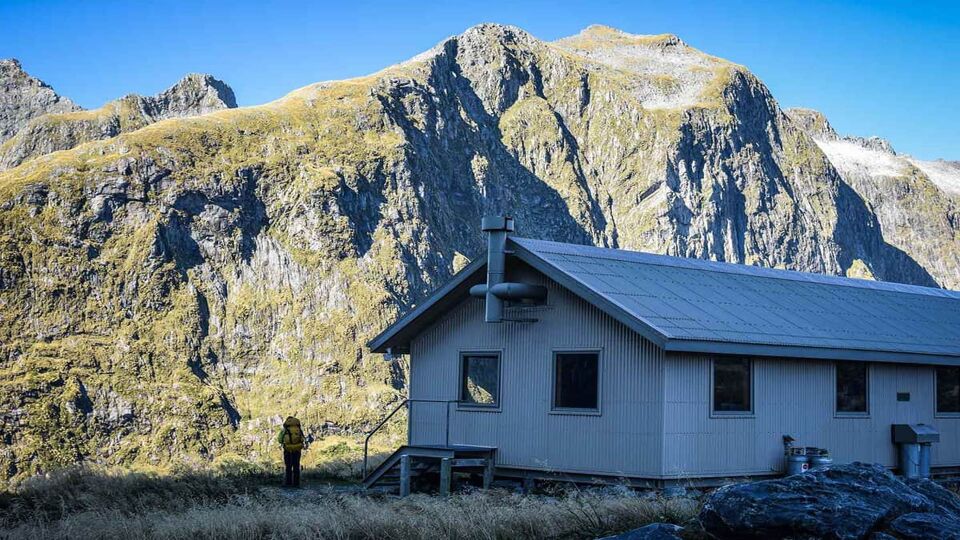![Whale-watching in Kaikoura [kayaking]](https://cxgveiouca.cloudimg.io/familyhotelfinder.com/wp-content/uploads/New-Zealand-South-Island-Kaikaoura-whale-watching4-SH.jpg?w=300&h=200&func=cover)
Travel bucket list idea:
Hike the Milford Track
South Island, New Zealand
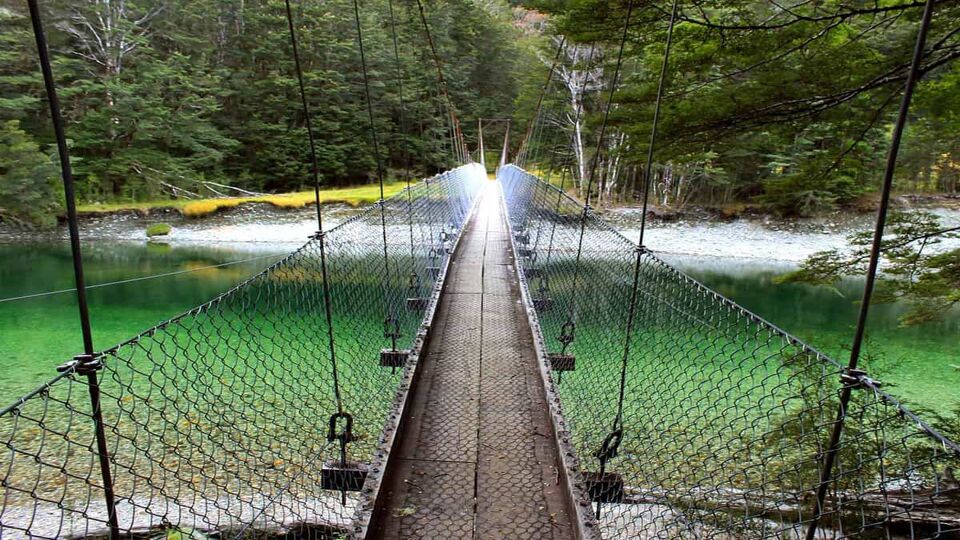
A favourite with hikers for more than a century, the Milford Track takes the walker deep into the Fiordland National Park, traversing ice-carved valleys, mountain passes and majestic forests.
Despite its modest length (53.5km) the Milford offers some of the world’s most sublime landscapes. The 4-day, 3-night hike takes you from high mountain passes to peaceful beech forest.
Such is its popularity that the track can only be walked in one direction (northerly).
Logistics
Getting there & doing it
The track starts at the head of Lake Te Anua and finishes in Milford Sound. From Te Anau drive 27km to Te Anau Downs (or there’s a regular bus service). From here you need to take a boat to Glade Wharf, which takes around 90 minutes and leaves twice a day.
There are three Department of Conservation huts along the route, offering communal bunkrooms (including mattresses), and facilities. Hikers must bring their own supplies, sleeping bags, cooking utensils and warm clothing. You can also camp – but you then need to carry your own tent.
As you’d expect from one of the world’s greatest walks, it’s incredibly popular – but only 40 walkers are allowed to start each day, so spaces book out months in advance. Bookings open 1st July for the following summer.
If you’re going independent, you can book directly on the government website – you basically pay a nightly fee to stay in a hut.
Using a private guiding company, such as Ultimate Hikes, takes away much of the hassle. They’ll book your transfers and any accommodation you need before/after, and supply a guide for the hike. On the trail, you’ll stay in their more salubrious private lodges.
Go NewZealand offer a self-guided option – they’ll also book your transfers, any accommodation in before/after, and your huts along the route. But there’s no guide, allowing you to walk independently.
When to do it
The official walking season runs from late October to late April. The best time to hike in New Zealand is at the height of summer (December to February) but this is also the busiest period. You can walk out of season, but facilities and reduced and there are increased hazards, so it should only be attempted by experienced hikers.

